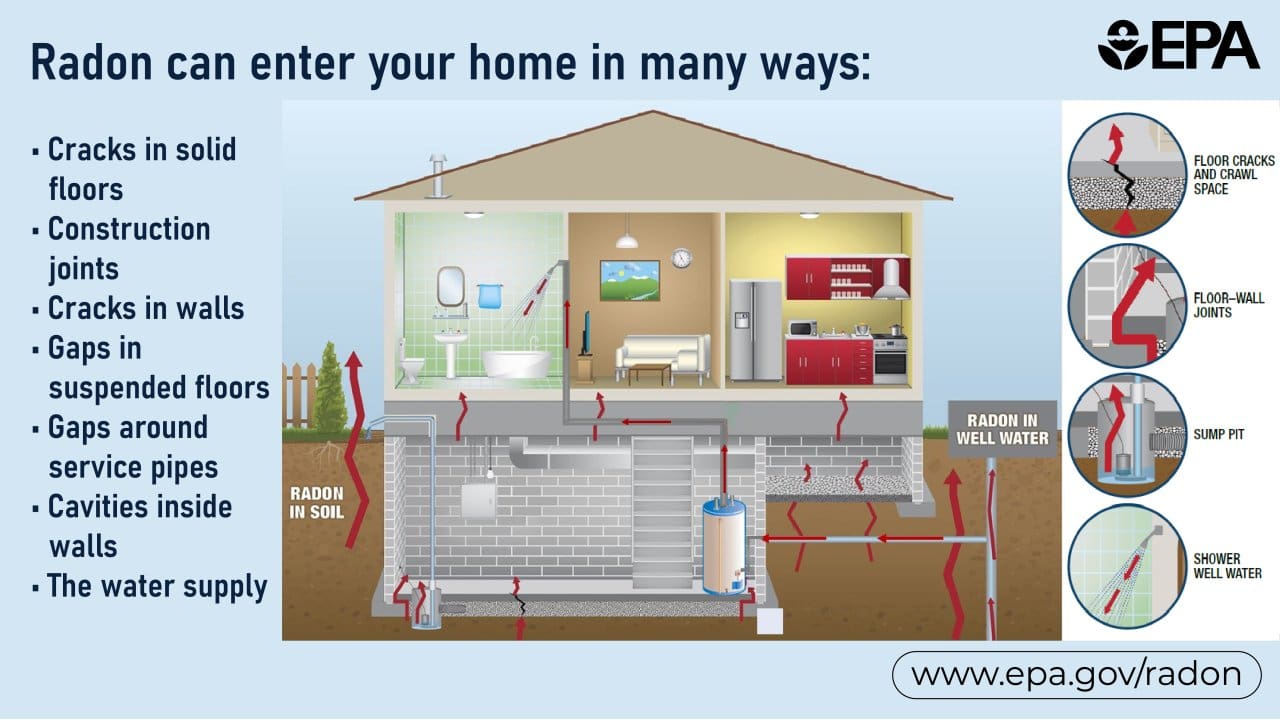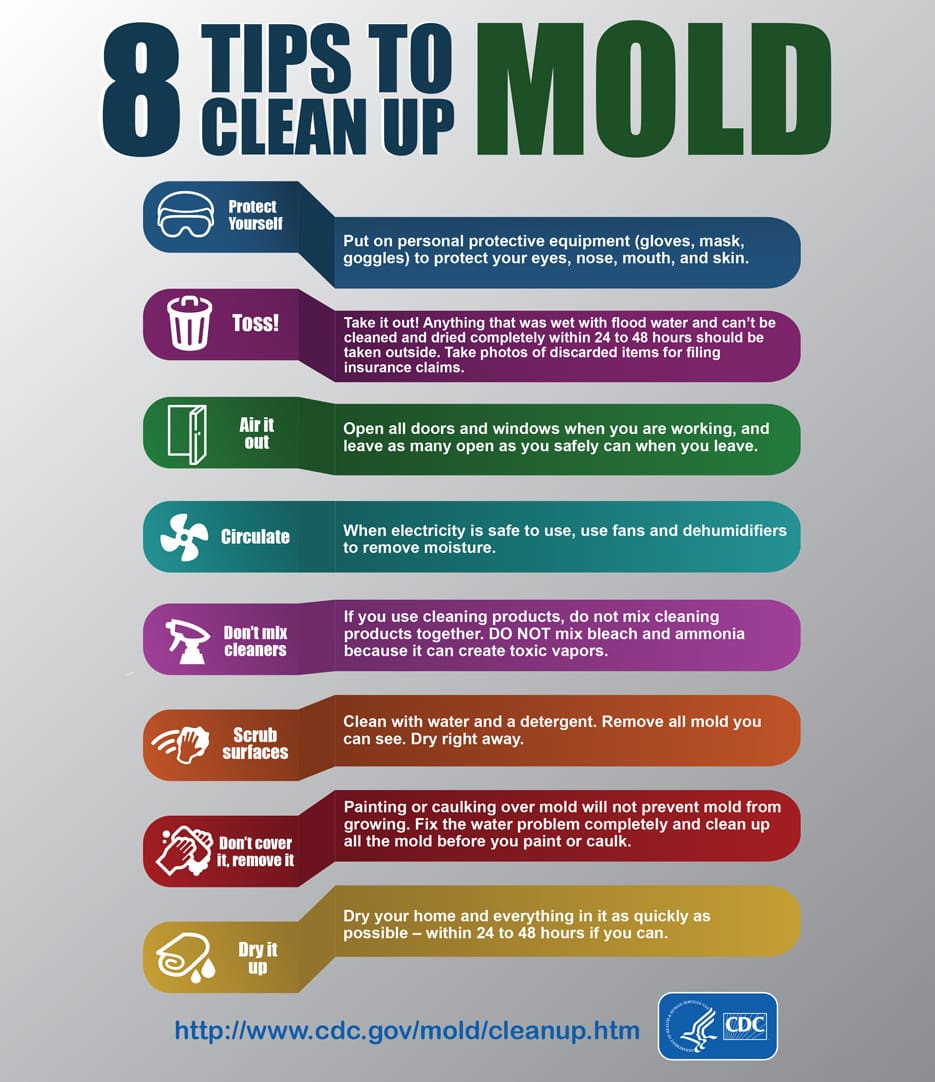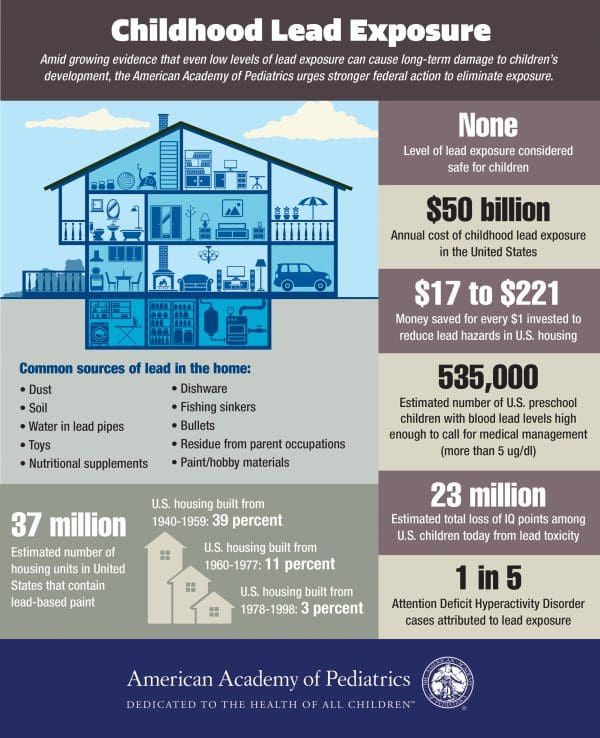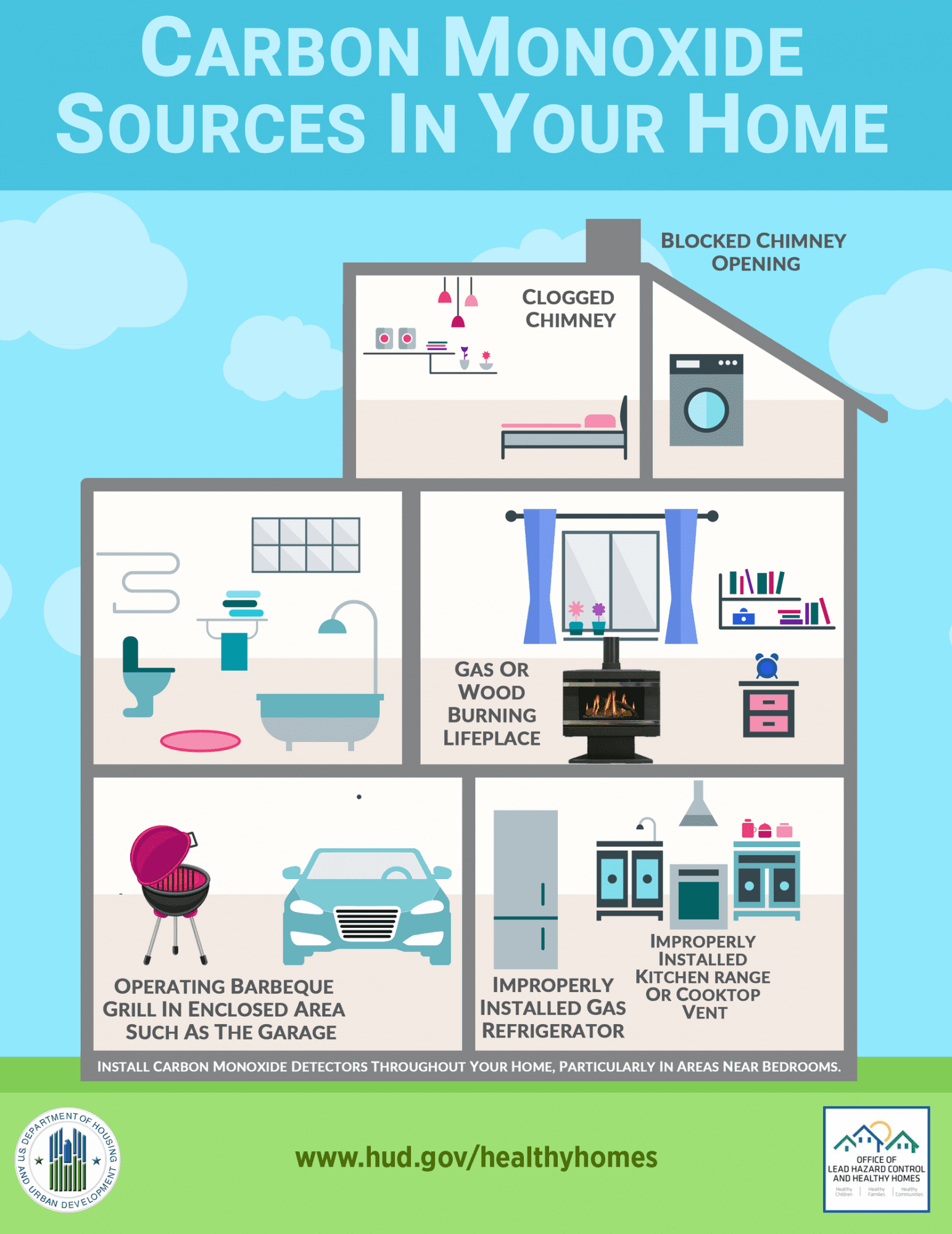Healthy Homes:
The U.S. Department of Housing and Urban Development (HUD) responded to concerns for children’s health by initiating the Healthy Homes Initiative (HHI). The Healthy Homes Strategic Plan outlines their approach to alleviate housing-related environmental health hazards. The Healthy Homes program takes a comprehensive approach to address several childhood diseases and injuries incurred from the home. Some of the environmental health and safety concerns HUD and HHI focus on include asthma, allergens, mold, radon, lead, and carbon monoxide. To learn more about HUD, HHI, and find safety tips for the home, visit Housing and Urban Development (HUD) – The Healthy Homes Program.
How to Maintain a Healthy Home:
People spend a lot of time inside their homes. The quality and condition of your housing can have a significant impact on your health. Some risk factors are easy to spot, and others can be more difficult to identify. Browse this page for Information and tips on how to maintain a healthy home and protect yourself and your family.
Lead
Although lead is a naturally occurring element, it can be a threat to the environment and to human health. Lead can damage most systems in the human body and is especially harmful to children. If a home, apartment, school, daycare, or other structure was constructed before 1978, there is a good chance lead can be found in the building.
Lead around the Home
Lead can be found in many unsuspecting places . Some potential sources of lead can be:
-
Interior/Exterior paint
-
Older pipes and plumbing fixtures
-
Drinking water (leached from pipes)
-
Folk remedies (Greta, Azarcon, Ghasard, and Ba-baw-san)
-
Dust from sanding certain surfaces, demolition, remodeling, etc.
-
Hobby materials such as pottery glazes and stained glass framing
-
Household items (toys, jewelry, furniture, etc.)
Lead and Children
Children are more susceptible to the harmful effects of lead because their bodies absorb it more readily than adults. The major concern is impaired brain and nervous system development and damage. The result can be learning and behavioral problems.
Radon
Radon is a radioactive gas that occurs naturally from uranium decay. Although that may sound like something you may never come across, it is commonly found in everyday rocks and soil. Houses built on top of those natural materials can experience a build up of radon gas as it works its way up cracks and crevasses. Radon may even find its way into drinking water. Prolonged exposure to radon gas can significantly increase the risk of cancer.

Carbon Monoxide
Carbon Monoxide, or CO, is found in combustion fumes that are produced by cars, gas cook-tops and ovens, gas dryers, generators, gas or kerosene space heaters, fireplaces, and wood stoves. If CO builds up in an enclosed space like a room, a home, or a garage, people and animals can get carbon monoxide poisoning. Poisoning happens because red blood cells pick up CO faster than oxygen. When that happens, a person might experience headache, dizziness, weakness, nausea, vomiting, chest pain, and confusion. If a person or animal is asleep when CO builds up, the situation may be fatal. Visit the links in sidebar for more information on CO poisoning and prevention.
Mold
Mold is a microscopic organism that can grow on virtually any surface indoors and outdoors where moisture and nutrients are present. Common household materials such as drywall, insulation, carpeting, dust and dirt, along with moisture, are the key ingredients to mold growth. The more moisture available, the more mold is produced. Tiny spores containing the fungus DNA are released into the air by the organism, which everyone is exposed to on a daily basis. Airborne mold exists in nearly all indoor and outdoor environments. Although most people are unaffected by inhaling mold particles, some allergic reactions can occur in susceptible people, regardless of mold color, which can be diagnosed and treated by a physician.

There are thousands of different types of mold that appear in nearly any color including green, black, brown and pink. Due to the amount of moisture, bathrooms routinely develop moldy areas especially in toilets, bathtubs, showers, and sinks. Weekly cleaning with a variety of household products or bleach water, and a little scrubbing by the resident, will remove the growths and restore air quality. Other moist areas, such as leaky basements or flooded areas, may require more aggressive cleaning or removal of the compromised material. Eliminating the source of the moisture is the most effective way to stop further mold growth. Dehumidifiers are an effective proactive measure to help remove moisture that promotes the growth of mold. Please be advised that the Health Department does not test for mold identification.
Mercury
Mercury is a metal that is liquid at room temperature and is commonly found in thermometers, thermostats, and other household items such as fluorescent light bulbs. Mercury, in any of its compounds, is toxic and can cause serious illness. Since mercury may vaporize, inhalation is one major concern. The other concern is its ability to absorb easily through the skin, lungs, and intestines. Prolonged exposure to mercury can result in irreversible damage to the brain, central nervous system, and kidneys.
Bed Bugs
Bed bugs are small insects that feed on human blood. Bed bugs have been found in every major Ohio city, and reports to local health departments have increased recently. The insects frequently are found in hotels, dormitories, and apartments, but can be spread to other locations easily. Bed bugs hitch rides on clothing, luggage, bedding, and furniture. Having them in your home is not an indication of poor housekeeping or lack of cleanliness. Rather, it simply means that someone who has been in your home has also been where bed bugs are. While not life-threatening, bed bug infestations can negatively affect a person’s quality of life.
For more information visit https://www.cdc.gov/parasites/bedbugs/index.html


